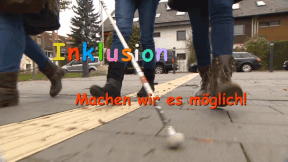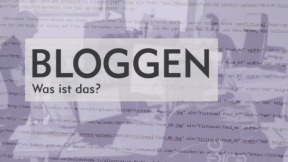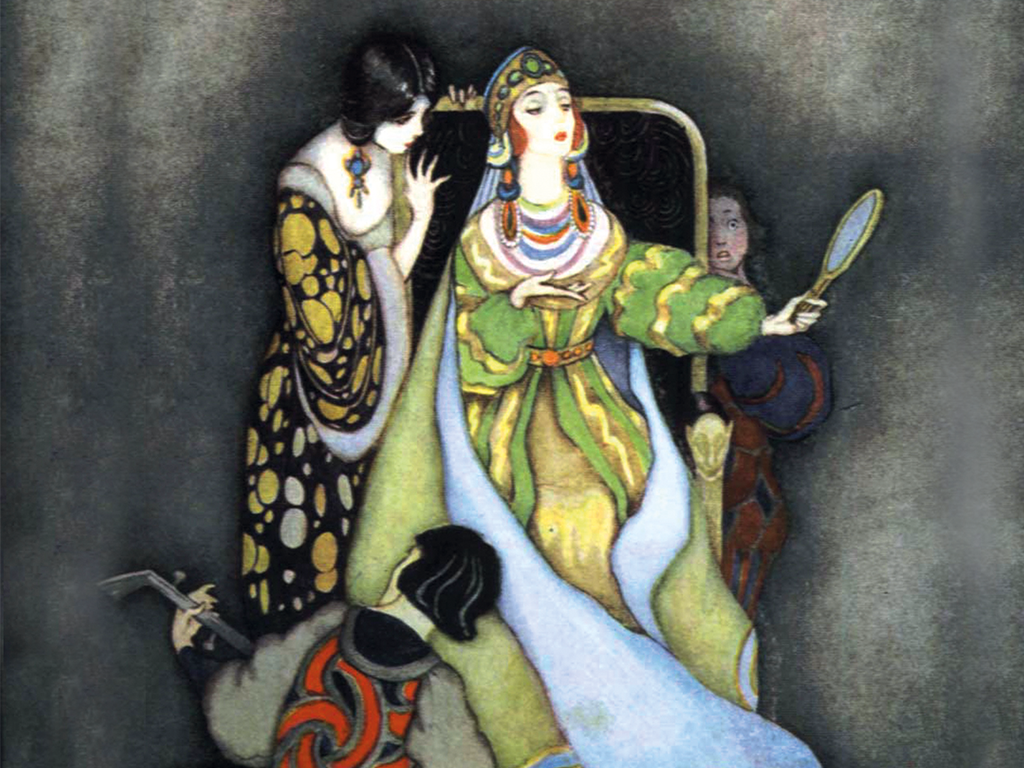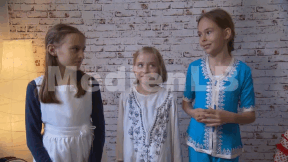 Primary School
Primary School
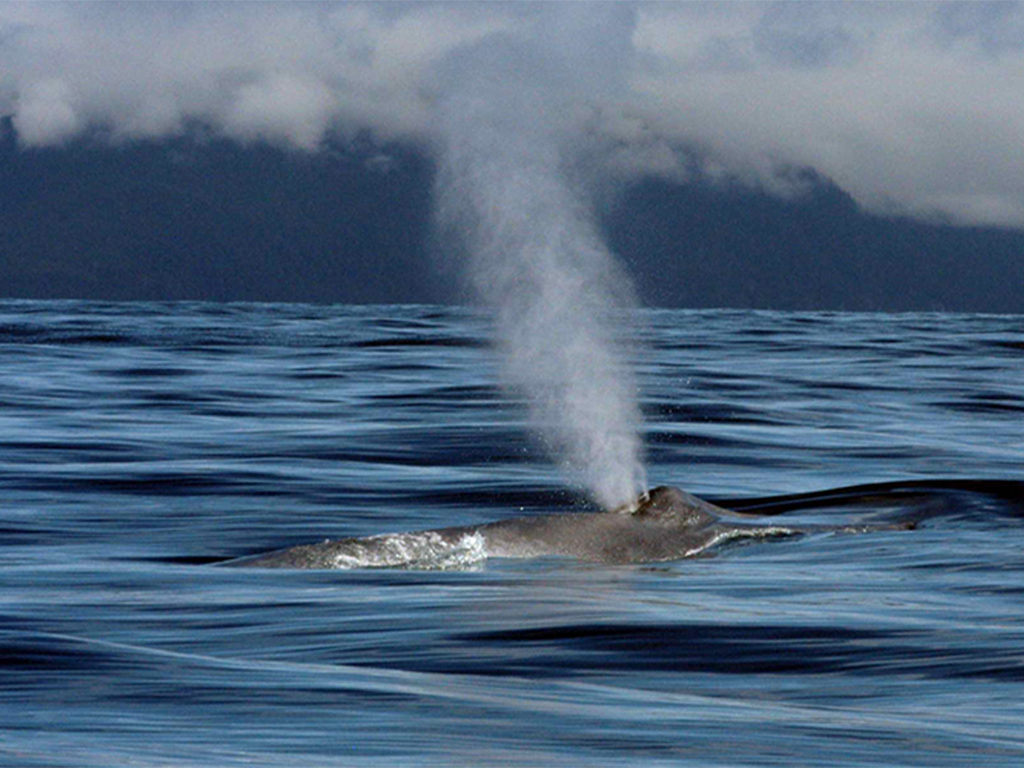

4665854 / 5558089
Marine Mammals
Whales and Sea Cows
The oceans are the home of whales, which look like fish but, in fact, are mammals like we humans and breathe with their lungs. The film shows the peculiarities of whales, which are divided into two main groups: baleen whales and toothed whales. Baleen whales, among which there is also the blue whale, the biggest of all whales, feed on tiny crustaceans called krill. Toothed whales feed on fish, crabs and other marine animals. One of the best known representatives is the killer whale, which is the fastest marine mammal with a speed of up to 55 km/h. With their leaps they delight the audiences in sea life aquariums. Whether they should be kept like that is a highly controversial issue, however. Whales are also much coveted because of their fat, meat and oil. Having been ruthlessly killed, whales have amost been wiped out and today are subject to international protection. Whale watching boosts people’s interest in these formidable animals. Another threatened animal species lives in the warm and shallow waters of Central America: the sea cows, which feed exclusively on plants and surface for breathing every 2 to 5 minutes. With the extensive accompanying material this DVD is perfectly suited for use in the classroom.
Play trailer
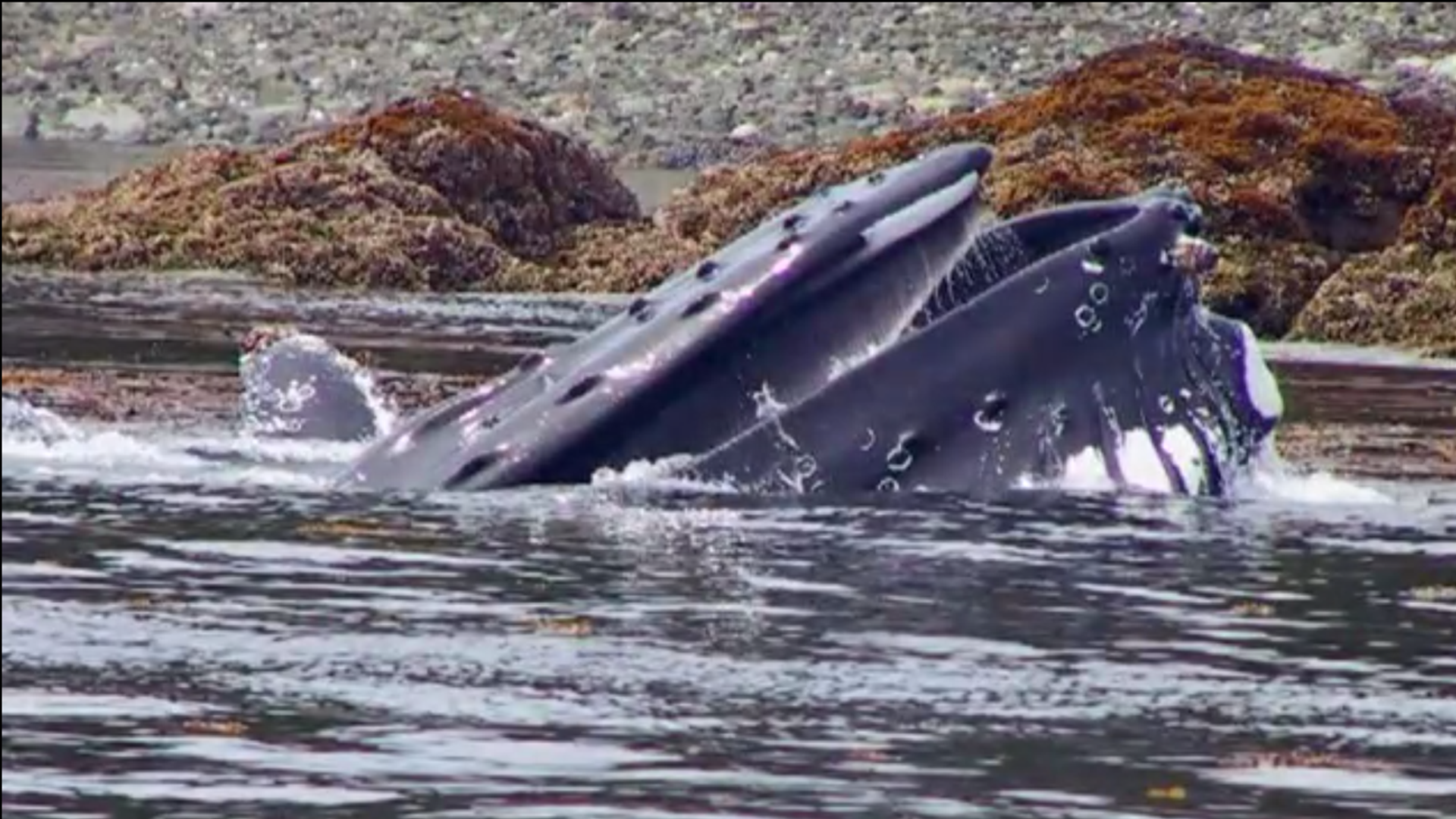
Curriculum-centred and oriented towards educational standards
Matching
Inclusion
Madita is eleven and blind. She does not want to go to a special school but to a regular grammar school. She says she feels "normal" there. Jonathan is eight and has a walking disability. He likes going to the school where he lives. Here, his best friend sits next to him. Max Dimpflmeier, a teacher who is severely deaf, explains that school life is not easy. Quote Max Dimpflmeier: "You don't want to attract attention, you want to avoid saying that it is necessary for you that 70 people adjust to your situation." People on their way to inclusion.
Blogging
The weblog or blog, for short, as a medium is not much older than this century. Blogs came into being in the World Wide Web as ’messages from below’, as web pages from web creators who wanted to share their view of the world with the world. They are short notes, long texts, pictures, videos, which are posted loosely and at random intervals to the world for an undefined public.





